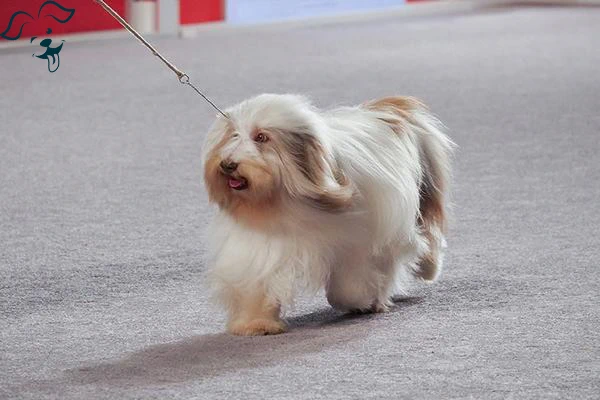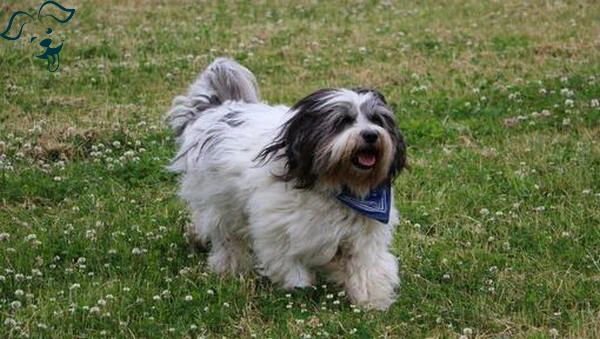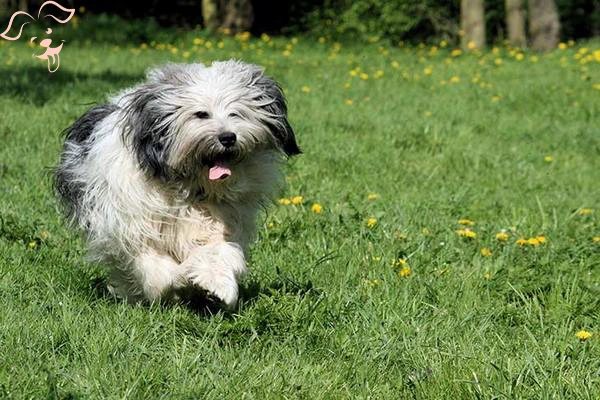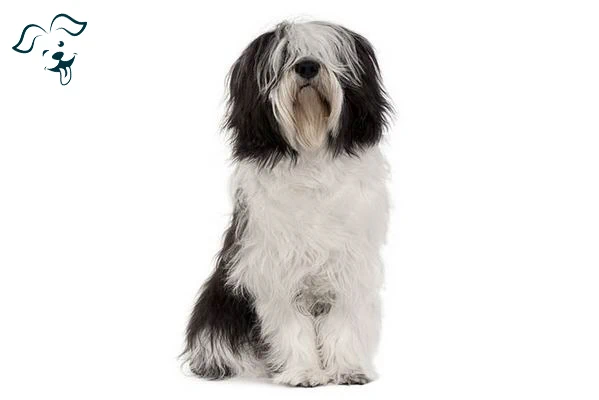CARING WITH FAMILY
|
| The level of affection a specific breed tends to exhibit towards family members, as well as acquaintances, varies widely. Some breeds may display a reserved nature around anyone other than their owner, whereas other breeds treat everyone they are familiar with as their closest confidant. |
LOVE WITH CHILDREN
Unwise
Good With Children
|
| The level of tolerance and patience that a particular breed possesses toward children's behavior along with its overall family-friendly disposition are essential factors to consider. Always ensure that dogs are supervised when near young children or children of any age who have limited experience with dogs. |
BEHAVIOR WITH DOGS
Unwise
Good With Other Dogs
|
| The general friendliness of a breed towards other dogs is an important aspect to take into account. While it is crucial to always supervise dogs during interactions and introductions with other dogs, certain breeds have a greater inclination to get along with other dogs, whether it be at home or in public settings. |
SHEDDING LEVELS & MANAGEMENT
No Shedding
Hair Everywhere
|
| Consider the amount of fur and hair a breed typically sheds. Breeds that experience high shedding will require more frequent brushing have a higher likelihood of triggering allergies and demand more consistent vacuuming and lint-rolling to manage the hair left behind. |
COAT GROOMING STANDARDS
|
| Take into account the grooming needs of a breed including the frequency of bathing, brushing, trimming and other forms of coat maintenance. It is essential to consider the time, patience and budget you can dedicate to this aspect of care when choosing a breed. Keep in mind that all breeds require regular nail trimming. |
DROOLING INTENSITY
Less Likely to Drool
Always Have a Towel
|
| Consider the tendency of a breed to drool. If you have a preference for cleanliness, dogs that tend to leave ropes of slobber on your arm or create large wet spots on your clothes may not be the best fit for you. |
COAT STYLES GUIDE |
| Double |
| COAT SPECTRUM |
| Long |
FRIENDLINESS
Reserved
Everyone Is My Best Friend
|
| Take into consideration how welcoming a breed tends to be towards strangers. Certain breeds may exhibit reserved or cautious behavior around unfamiliar individuals, regardless of the setting. On the other hand, some breeds will enthusiastically welcome and interact with new people whenever they are around. |
LIVELINESS
Only When You Want To Play
Non-Stop
|
| Consider the breed's level of enthusiasm towards play, even beyond the puppyhood stage. Some breeds will maintain their eagerness to play games like tug-of-war or fetch well into their adult years. In contrast, other breeds will be content to spend most of their time relaxing on the couch with you. |
VIGILANCE INTENSITY
What's Mine Is Yours
Vigilant
|
| Consider a breed's inclination to alert you when strangers are present. Some breeds are more likely to react to any perceived threat, whether it's the arrival of the mailman or the sight of a squirrel outside the window. Additionally, these breeds are likely to become more comfortable with strangers who enter the house and are accepted by their family. |
ADAPTATION CAPACITY
Lives For Routine
Highly Adaptable
|
| Take into account how adaptable a breed is to change. This encompasses their ability to handle variations in living conditions, noise levels, weather, daily schedules and other day-to-day modifications in life. Consider whether a breed is well-suited to handle these changes with ease. |
OBEDIENCE LEVEL
Self-Willed
Eager to Please
|
| Consider the ease of training and the willingness of a breed to learn new things. Some breeds have a strong desire to please their owners and are highly trainable, while others may display a more independent streak preferring to do as they please, when and wherever they want. |
STAMINA LEVEL
|
| Consider the exercise and mental stimulation requirements of a breed. High-energy breeds are always ready and eager for their next adventure. They thrive on activities such as running, jumping and playing throughout the day. On the other hand, low-energy breeds tend to be more relaxed and content to spend their time simply lounging around and snoozing like couch potatoes. |
VOCALIZATION
|
| Likes To Be Vocal |
LEARNING CURIOSITY LEVEL
Happy to Lounge
Needs a Job or Activity
|
| Consider the amount of mental stimulation a breed requires to remain happy and healthy. Purpose-bred dogs, which are bred for specific tasks, often need mental exercise involving decision-making, problem-solving, concentration and other qualities. If they don't receive adequate mental stimulation, these dogs may create their own activities to keep their minds busy, which might not align with your preferences or expectations. Providing appropriate mental stimulation is crucial for their well-being. |
| COLORS |
|
Description
|
Registration Code
|
|
Beige
|
004
|
|
Black
|
007
|
|
Black & White
|
019
|
|
Brown
|
061
|
|
Chocolate & White
|
271
|
|
Gray
|
100
|
|
Gray & White
|
105
|
|
Tri-Colored
|
380
|
|
White
|
199
|
|
Beige & Brown
|
385
|
|
Beige & White
|
387
|
|
Black & Beige
|
383
|
|
Black & Gray
|
012
|
|
Black & Silver
|
016
|
|
Black Gray & Beige
|
384
|
|
Black Gray & White
|
024
|
|
Black White & Silver
|
033
|
|
Gray Tan & Beige
|
386
|
|
Red Black & White
|
147
|
|
White & Apricot
|
200
|
|
White & Brown
|
204
|
|
White & Gold
|
208
|
|
White & Liver
|
212
|
|
White & Silver
|
216
|
|
White Gray & Tan
|
382
|
|
| PATTERNS |
|
Description
|
Registration Code
|
|
Black Patches
|
088
|
|
Gray Patches
|
089
|
|
Gray Tips
|
091
|
|
Tan Patches
|
090
|
|






























FRIENDLINESS
LIVELINESS
VIGILANCE INTENSITY
ADAPTATION CAPACITY